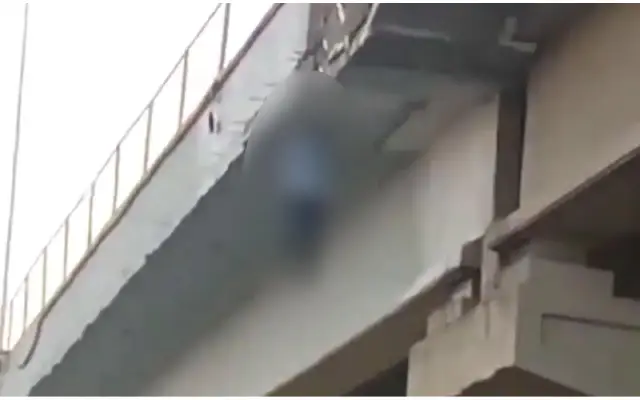 New Delhi: A 32-year-old woman with a rare condition — Situs Inversus Totalis — a congenital condition in which the position of all the major organs is in reverse, was successfully treated for gall bladder stones in the national capital.
New Delhi: A 32-year-old woman with a rare condition — Situs Inversus Totalis — a congenital condition in which the position of all the major organs is in reverse, was successfully treated for gall bladder stones in the national capital.
According to the doctors at a Fortis Hospital in Shalimar Bagh, Situs Inversus is a genetic condition in which the organs in the chest and abdomen are positioned in a mirror image from their normal positions.
After a thorough medical evaluation, the patient was found to be suffering from gall bladder stones, one of which had moved into her bile duct, the Hospital said.
Normally, an endoscopy would be performed to correct the same, however in this case that was not easy as the patient’s organs were positioned in reverse.
“In a patient whose organs are normally positioned, we do an ‘ERCP’, a type of endoscopy to remove the bile duct stone. To do this, we stand on the left side of the patient and do the procedure,” Dr Arvind Khurana, Director and Head of Department, Gastroenterology, Fortis Hospital Shalimar Bagh, said in a statement.
All the instruments have also been designed to conduct the procedure from the left. For this patient, performing the procedure was extremely tough.
“We had to modify our approach, rotate the endoscope by 180 degree and hold the scope in the same position. Had there been even the slightest movement, the scope would have automatically resumed its normal position causing failure and complications,” he said.
According to the doctors, the patient was made to lie down on her stomach and was intravenously sedated.
The ERCP scope passed through the mouth into the stomach, entering the upper part of the small intestine.
“Normally the opening of the bile duct is on the left, but in this patient the opening was on right, so the scope had to be rotated by 180 degrees,” the hospital said.
The opening was widened and then the stone was removed using a balloon. This was followed by the placement of a plastic stent. The entire process took close to 30 minutes.
“The patient recovered within twenty four hours and subsequently underwent gall bladder surgery (done at another hospital, laparoscopically),” Khurana noted.
















